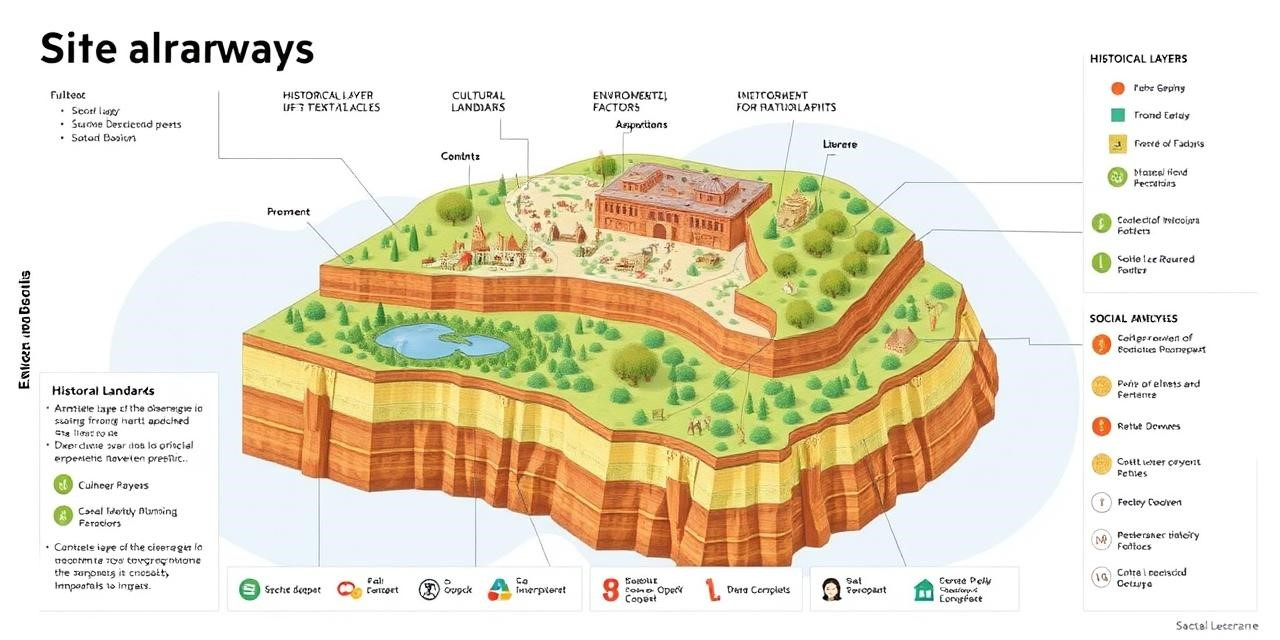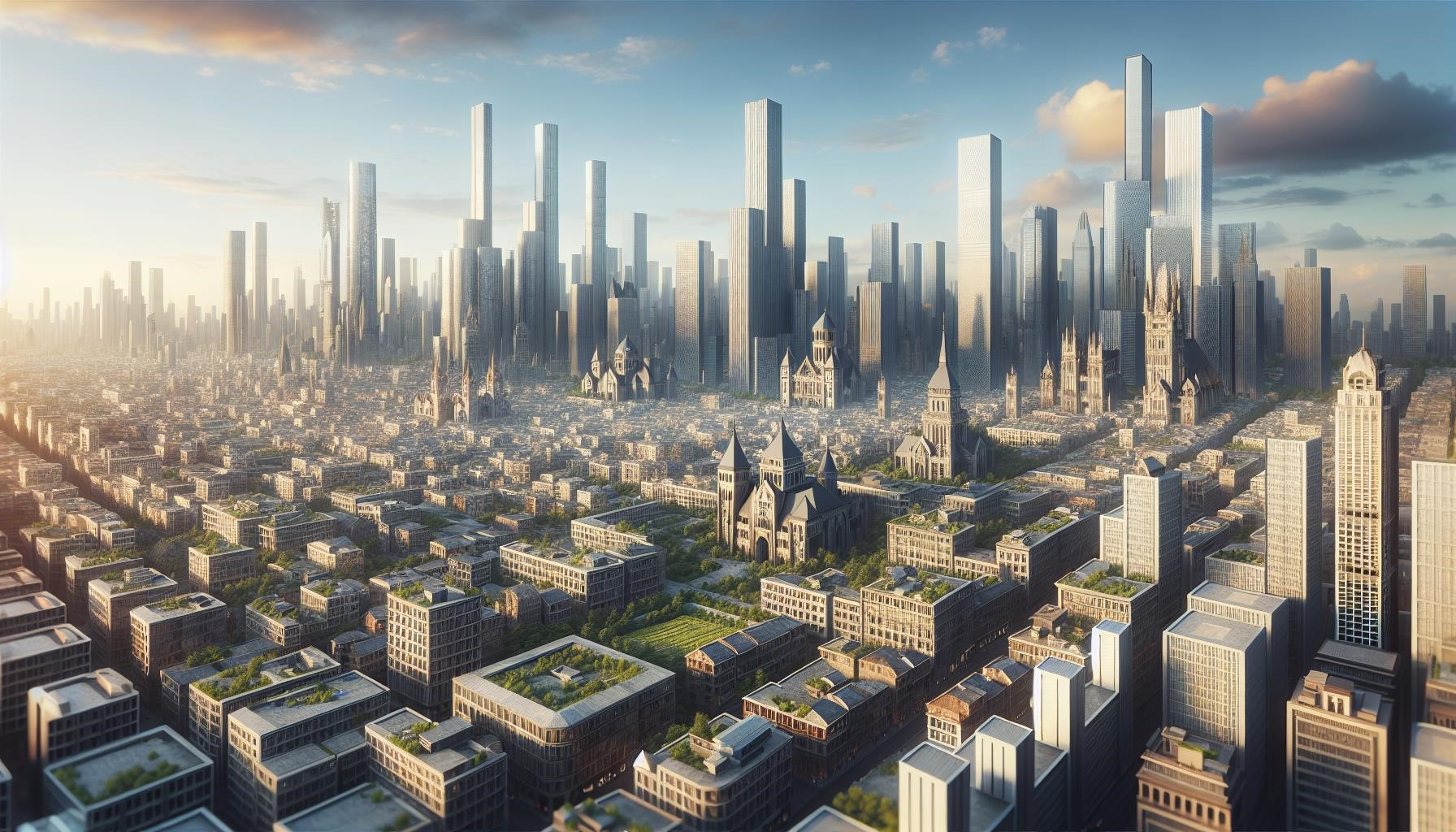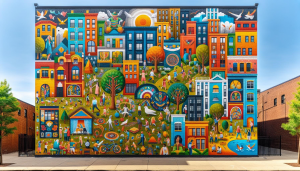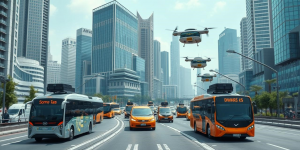Having spent years shaping urban landscapes, from my time at SOM to leading my own collaborative after growing up in Chicago, I’ve learned one thing: great urban design isn’t about imposing a vision. It’s about listening to the city, understanding its story, and amplifying its unique character. That’s why I’m so impressed by firms like Design-Space-Studio. They’re not just building structures; they’re crafting experiences rooted in context.
What’s the Big Deal with Contextual Urban Design?
Imagine a city that feels like everywhere and nowhere. That’s the opposite of what contextual urban design aims for. It’s all about recognizing that each place has its own DNA – its own history, culture, and environment. Instead of cookie-cutter solutions, contextual design digs deep to understand what makes a place tick and then translates that understanding into the built environment. It’s like urban acupuncture – strategic interventions that revitalize the existing urban fabric.
Now, this isn’t exactly a brand-new concept. Think back to the Garden City movement, with its focus on green spaces, or the New Urbanism movement, which championed walkable, mixed-use neighborhoods. These were early attempts at context-sensitive design. Design-Space-Studio takes it further, weaving a profound understanding of place into every single design decision.
Design-Space-Studio’s Secret Sauce: How They Do It
So, what’s Design-Space-Studio’s method? It boils down to three key ingredients:
- Deep-Dive Site Analysis: Forget just measuring buildings. This is about unearthing a site’s soul.

Think historical maps, community stories, ecological assessments – a complete picture of the place.
- Real Community Engagement: The people who live and breathe a place are the experts. Design-Space-Studio knows this. They prioritize workshops, public forums, and even one-on-one chats to make sure the final design reflects what the community wants and needs.
- Sustainable Design is Key: It’s not just about preserving the past. It’s about building a future. Design-Space-Studio integrates eco-friendly strategies into every project, like passive solar design, rainwater harvesting, and green roofs, reducing environmental impact and making the city more resilient.
Let’s See It in Action: Case Studies
Talk is cheap, right? Let’s look at some real-world examples:
Case Study 1: Breathing Life Back into a Waterfront
Picture this: a forgotten waterfront, once a bustling port, now filled with empty warehouses. Design-Space-Studio stepped in to revitalize the area while honoring its history.
Case Study 2: Fitting New into Old
Imagine a charming historic neighborhood, known for its Victorian architecture and tight-knit community. Now, a new development threatens to disrupt that character and displace residents. Design-Space-Studio was brought in to create a project that would blend seamlessly into the existing neighborhood. They carefully studied the neighborhood’s architectural styles, street patterns, and social dynamics. Working closely with residents, they developed a design that respected the neighborhood’s character while providing new housing and amenities. The final design incorporated Victorian-era architectural details, like pitched roofs and decorative trim, and included affordable housing and community spaces to benefit everyone.
The Roadblocks (and How to Overcome Them)
Contextual urban design isn’t always easy. It takes more time and effort than standard development because it requires a lot of research and community involvement. Balancing the needs of developers, residents, and city officials can also be tricky. But Design-Space-Studio proves that these challenges can be overcome with collaboration, creativity, and a deep understanding of the place.
What’s Next for Contextual Urban Design?
As our cities grow, the need for contextual urban design becomes even more critical. We can’t afford to keep building generic environments that disconnect us from our history and environment. Design-Space-Studio shows us that it’s possible to create urban spaces that are both beautiful and meaningful, respecting the past while embracing the future. Their work offers a blueprint for building more sustainable, equitable, and livable cities for everyone.
Ultimately, contextual urban design is about creating a sense of belonging. It’s about weaving the city’s fabric in a way that honors its history, celebrates its culture, and empowers its people. It’s about creating places that feel like home.


